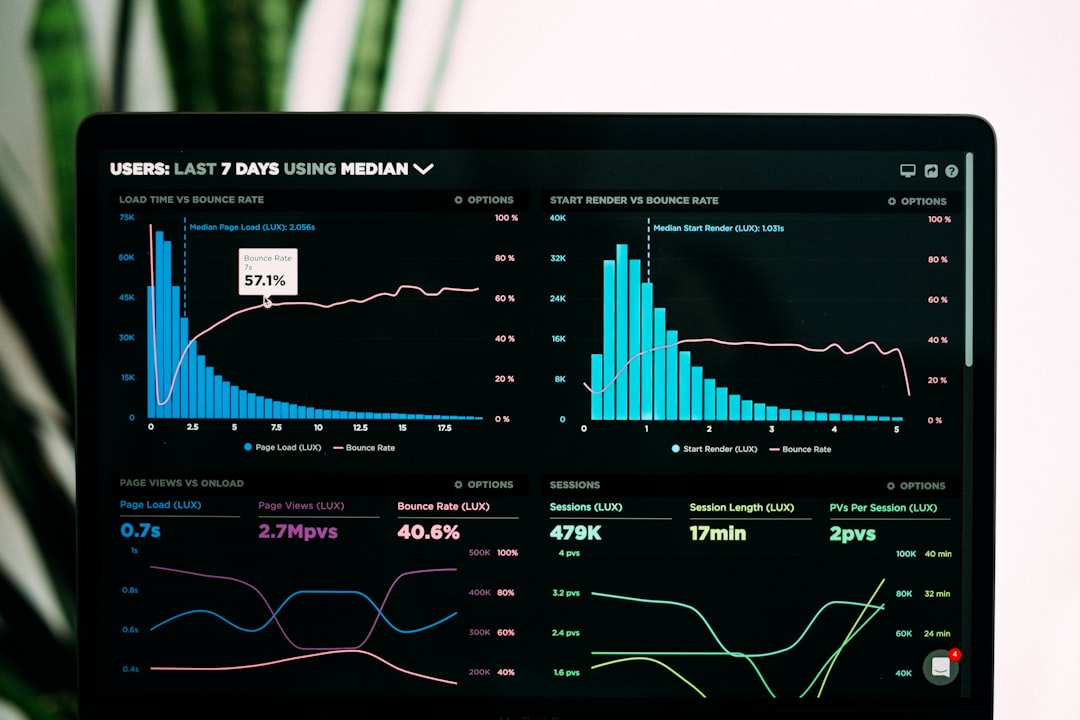
Understanding the Basics of Fiscal Policy
# Introduction. Fiscal policy plays a crucial role in shaping the economic landscape of a country. This concept encompasses government spending, taxation, and budgeting. By understanding the basics of fiscal policy, one can make sense of how it affects economic growth, inflation, and overall economic stability. In this blog post, we will explore the key principles of fiscal policy, its types, and its implications on everyday life. # What is Fiscal Policy?. Fiscal policy refers to the use of government spending and taxation to influence the economy. It is one of the primary tools that governments use to manage economic stability and growth. Fiscal policy can be either expansionary or contractionary. An expansionary fiscal policy involves increasing government spending or decreasing taxes to stimulate economic growth, especially during periods of recession. Conversely, a contractionary fiscal policy seeks to reduce government spending or increase taxes to slow down economic growth, often implemented to curtail inflation. # Types of Fiscal Policy.. There are two main types of fiscal policy: discretionary fiscal policy and automatic stabilizers. Discretionary fiscal policy requires legislative action to change government spending or tax rates. For instance, during an economic downturn, a government may decide to implement a stimulus package, which often involves increasing spending on public projects. On the other hand, automatic stabilizers function without specific government intervention. They include mechanisms like unemployment benefits and progressive tax rates, which automatically adjust when the economy is in turmoil, helping to stabilize income and consumption. # Key Instruments of Fiscal Policy.. The primary instruments of fiscal policy include government spending and taxation. Government spending can take many forms such as infrastructure projects, education funding, and social programs. By investing in these areas, governments can create jobs and encourage consumer spending, leading to increased demand for goods and services. Taxation, on the other hand, plays an essential role in determining how much disposable income individuals and businesses have. Lower taxes can boost spending, while higher taxes can be used to pay down public debt or fund social programs. # The Impact of Fiscal Policy on the Economy.. Fiscal policy can significantly influence economic performance. For example, during a recession, an expansionary fiscal policy can help stimulate growth by increasing aggregate demand. This increased demand leads to higher production and job creation. Conversely, contractionary fiscal policy during periods of economic boom can help keep inflation in check. Taxes collected during these periods can help stabilize the economy and prevent overheating. However, the effectiveness of fiscal policy depends on the timing, scale, and execution of these measures. # Challenges and Criticism of Fiscal Policy.. While fiscal policy can have beneficial effects on the economy, it is not without its challenges. One significant criticism is the time lag associated with implementing these policies; governments may take time to realize economic issues and even longer to implement effective solutions. Additionally, political considerations can often influence fiscal policy decisions, leading to suboptimal economic outcomes. Critics also argue that excessive government spending can lead to large budget deficits and national debt, which may compromise long-term fiscal sustainability. # Conclusion.. Understanding the basics of fiscal policy is crucial for anyone interested in economics. It provides insight into how governments manage economic growth and stability. By learning about its types, instruments, and impact, individuals can better engage with public policy discussions and make informed decisions about their personal financial situations. Fiscal policy is a powerful tool that, when used effectively, can bring about positive change in the economy and enhance the welfare of society as a whole. .







